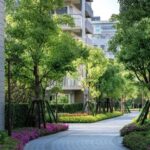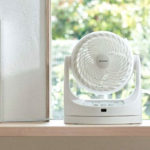1. Avoid Buying Apartments With Unusual Designs
The saying goes that even the ugliest design can be improved with a remodel to increase practicality and space utilization. However, apartments with unusual designs are often extremely challenging to renovate. No matter how much money you invest in remodeling, it sometimes does nothing, and they never feel as comfortable as a regularly shaped apartment.
If you buy an apartment with an unusual design, you may encounter the following issues:
Low space utilization: For example, an apartment with a long hallway will always have wasted space, no matter how you design it.
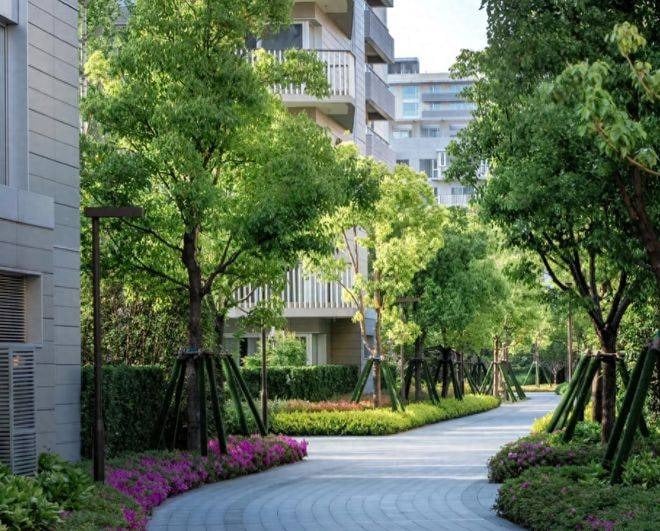
Difficult to renovate: Not all apartments are structurally capable of being renovated. If you buy an apartment with load-bearing walls in undesirable locations, renovation may be impossible.
High renovation costs: Many people say that a renovation that doesn’t involve tearing down walls isn’t a real renovation, but how many consider the costs of such an endeavor? If you have to remodel multiple walls, the costs will skyrocket.
Advice: When buying a new apartment, choose one with a regular shape. If that’s not possible, at least avoid apartments with uneven spaces.
2. Avoid Buying North-Facing Apartments
Many modern apartments have “backwards” features, such as living rooms and dining rooms facing south, with only the balcony facing north, or multiple bedrooms facing north.
While these apartments have all the necessary functional spaces, they are not comfortable to live in, and here’s why:
Dark and damp: North-facing apartments don’t get direct sunlight, so they are always cold. They are freezing in the winter and damp in the summer, which isn’t suitable for the elderly or young children.
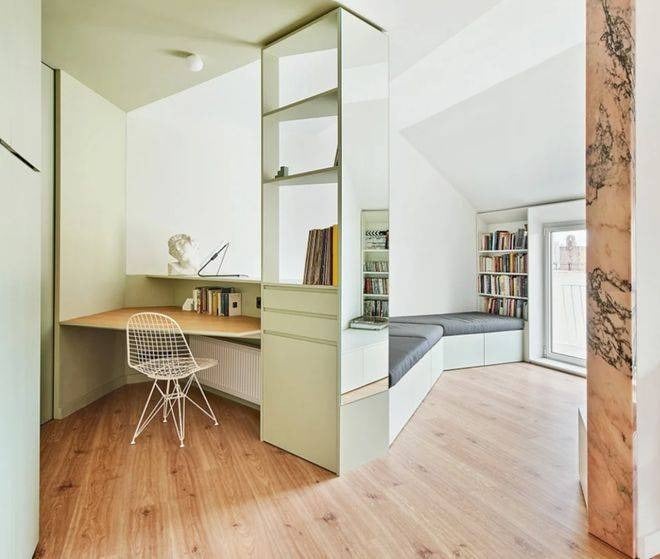
Poor lighting: Although north-facing apartments get some daylight, the duration is short. On cloudy days, you may have to keep the lights on all day.
Bacteria breeding ground: The lack of sunlight and constant darkness make these apartments a breeding ground for bacteria, which can affect your health.
Advice: Don’t buy a north-facing apartment, even if it’s cheap. An apartment that gets sunlight for only two hours a day is still far more comfortable than a north-facing one.
3. Avoid Buying Apartments Without Cross-Ventilation
One of the most important factors in determining a good apartment is cross-ventilation. The biggest advantage of this type of apartment is that the air inside can circulate, keeping the space dry and preventing dampness and mold.
Additionally, having windows on both the south and north sides greatly improves lighting. Even on cloudy days, you won’t need to turn on the lights during the day.
However, many people mistakenly believe that as long as the living room has windows on both sides, it has cross-ventilation. In reality, only when the following two criteria are met can it be considered a cross-ventilated apartment:
The living room and dining room are on the same straight axis, with no obstructions between them, and they must be able to open up to the balcony for airflow.
Bedrooms are divided between the south and north, with bedroom doors facing each other for airflow. If the doors are not aligned, it’s not considered cross-ventilation.
Advice: When buying an apartment, carefully observe all the rooms to avoid misunderstandings. When designing the interior, be mindful not to block the natural airflow.
4. Avoid Buying Apartments Without an Entryway (Small Hallway)
The entryway or small hallway is the first space you encounter when entering a home. Besides providing a transition between spaces and privacy by blocking the line of sight, its primary purpose is storage.
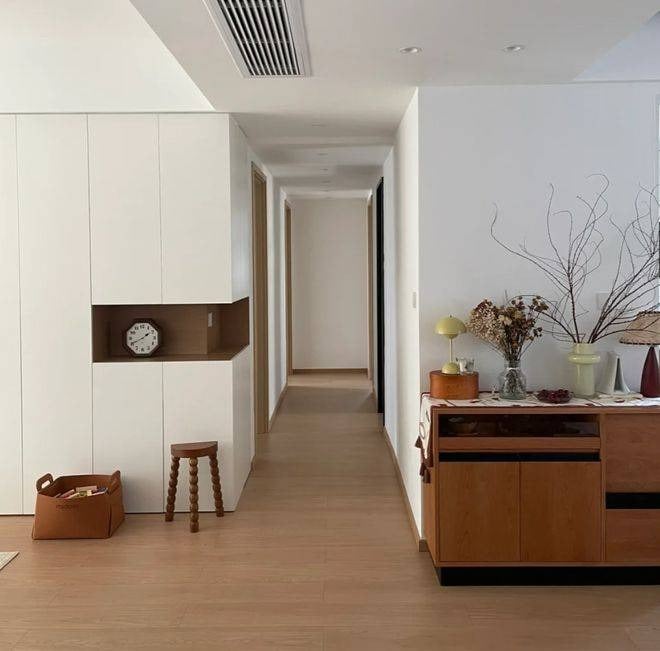
If your apartment doesn’t have an entryway, you may encounter the following problems:
Clutter by the entrance: No entryway means no storage area, or very little storage space. Over time, the entrance will become cluttered with shoes, making the space look disorganized.
Lack of privacy: Apartments without entryways often have an open design leading directly into the living room, reducing privacy and a sense of security.
Lack of ceremony: For those who value quality living, not having an entryway diminishes the sense of ceremony when returning home. No matter how beautiful the interior design is, something always feels missing.
Advice: Buy an apartment with an independent entryway. If you must compromise, ensure that it can be renovated later to include a proper entryway.
5. Avoid Buying Apartments With Bathrooms That Can’t Separate Dry and Wet Areas
Today’s bathrooms tend to be small, but even a tiny space should ensure a design that separates the dry area (sink) from the wet area (shower).
If this separation isn’t possible, you may encounter several issues, such as:
Low efficiency: If the sink isn’t separated, when someone is brushing their teeth or washing their face in the morning, others may find it challenging to use the toilet.
Difficult to clean: If the shower area isn’t partitioned, the entire bathroom will get wet after a shower, making cleaning more difficult.
High humidity: Bathrooms are already humid places, and without a separate shower area, the space will struggle to dry, encouraging bacterial growth.
Safety hazard: Even with anti-slip tiles, if the floor is always wet, it poses a slipping hazard for the elderly and young children.
Advice: I prefer bathrooms with three separate areas, including an independent toilet area. So, when buying a home, ensure the bathroom, at the very least, has separate dry and wet areas, or don’t buy it.
The above information is for reference only!

























